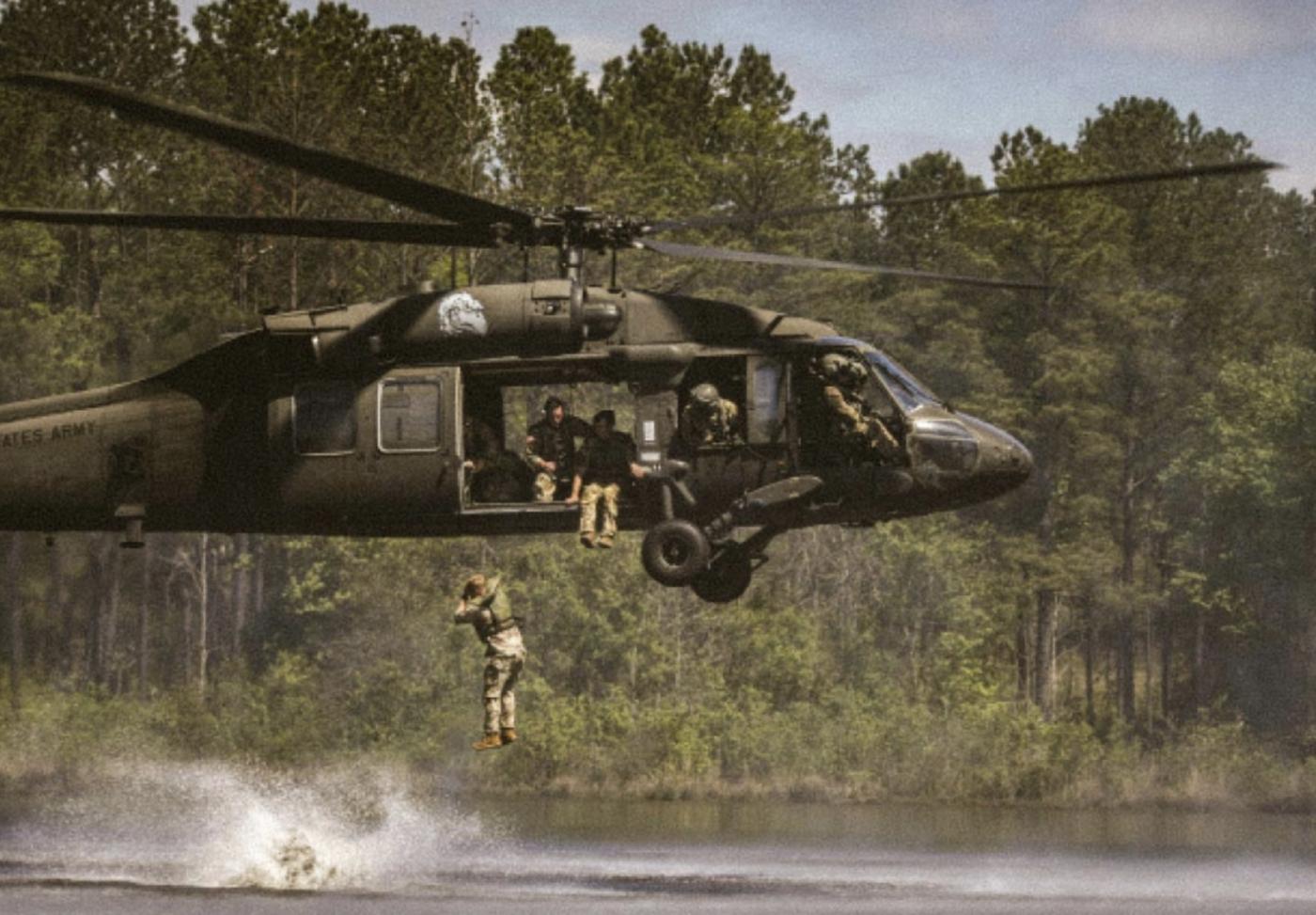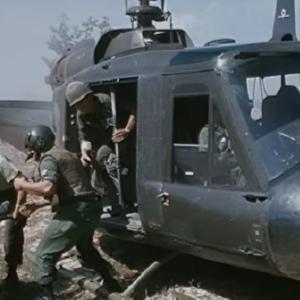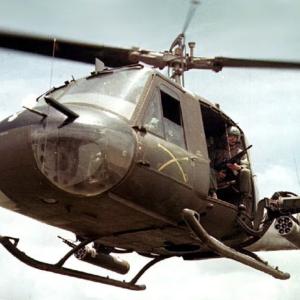
USA Army Rangers
The U.S. Army Rangers are among the most elite light infantry units in the American military. Known for their specialised operations and unmatched agility, the Rangers have a storied history dating back to the colonial period. The modern Rangers, however, are best known through the 75th Ranger Regiment, a premier direct-action raid force within U.S. Special Operations Command.
The lineage of Army Rangers stretches back to pre-Revolutionary War times. The first ranger-type unit in American military history was established during the 17th century, when colonial militias employed irregular warfare tactics against Native American tribes. The term "Ranger" was first widely used during the French and Indian War, especially associated with Major Robert Rogers and his unit, "Rogers’ Rangers." Rogers authored the “Rogers’ Rules of Ranging,” a set of operational principles that still influence modern Ranger tactics.
Modern U.S. Army Rangers were formally activated during World War II. The first Ranger Battalion was created in 1942 under the command of Major William O. Darby. These early units were modeled after British Commandos and were designed for fast, targeted, and high-risk missions. The Rangers played a significant role in campaigns in Europe and North Africa. They were disbanded after WWII but re-emerged during the Korean War and Vietnam War in various forms. In 1974, the modern 1st Ranger Battalion was activated, and by 1984, the 75th Ranger Regiment was officially established as a permanent part of the U.S. Army. Today, the regiment includes the 1st, 2nd, and 3rd Ranger Battalions, along with a Regimental Special Troops Battalion and the Regimental Military Intelligence Battalion.
Training to become a Ranger is one of the most grueling experiences in the military. The path begins with basic combat training and advanced individual training. Soldiers destined for the 75th Ranger Regiment attend the eight-week Ranger Assessment and Selection Program (RASP). RASP is divided into two phases and tests candidates on physical endurance, combat skills, land navigation, and mental toughness. Those who pass RASP are awarded the tan beret and assigned to a Ranger battalion.
In addition to RASP, many Rangers attend the U.S. Army Ranger School, a separate leadership course open to soldiers across the Army. Ranger School lasts about 61 days and is divided into three phases: Benning Phase (Fort Moore, GA), Mountain Phase (Dahlonega, GA), and Swamp Phase (Eglin Air Force Base, FL). The school is not required for all Rangers in the 75th Ranger Regiment but is highly respected and required for officers and NCOs within the unit. Ranger School is known for its extremely high attrition rate. Historically, about 40-50% of students fail or are recycled (required to repeat a phase). Graduation from Ranger School earns the coveted Ranger Tab, which signifies mastery of small-unit tactics and leadership under duress, but does not make one a member of the 75th Ranger Regiment.
The overall pass rate for the Ranger Assessment and Selection Program (RASP) varies depending on the class, but averages between 35% and 40%. The selection process is extremely physically demanding and includes tests such as a five-mile run in under 40 minutes, a 12-mile ruck march with a 35-pound pack, and several obstacle courses and psychological evaluations. Failure to meet any standard usually results in immediate dismissal from the course. For those attending Ranger School, the attrition rate may reach 50% or more depending on the class and weather conditions. Many soldiers are recycled once or twice before either graduating or failing out permanently.
The primary roles of the Army Rangers involve direct action raids, airfield seizure, special reconnaissance, and personnel recovery. They are designed to deploy rapidly, often within 18 hours of notification, to execute high-value missions behind enemy lines. Direct action operations include the capture or kill of key enemy leaders, the destruction of strategic facilities, and rescue missions. Airfield seizure operations are designed to pave the way for larger airborne or conventional forces. Rangers also carry out reconnaissance missions to gather intelligence in hostile environments and are capable of engaging in precision strikes to neutralise terrorist threats. Due to their agility and training, Rangers often support joint special operations with units like Delta Force, Navy SEALs, and international allies.
The 75th Ranger Regiment is made up of approximately 3,500 soldiers, including both officers and enlisted personnel. The regiment operates under the U.S. Army Special Operations Command (USASOC) and is headquartered at Fort Moore, Georgia. Each of the three battalions is stationed in different parts of the United States: 1st Battalion at Hunter Army Airfield, Georgia; 2nd Battalion at Joint Base Lewis-McChord, Washington; and 3rd Battalion at Fort Moore. The Regimental Special Troops Battalion supports signal, intelligence, and logistics operations, while the Military Intelligence Battalion enhances the regiment's situational awareness and decision-making capabilities during missions.
Rangers are constantly training and preparing for global deployments. They are capable of being inserted by parachute, helicopter, or ground movement, and their readiness cycle includes continuous deployment and training rotations. The 75th Ranger Regiment frequently participates in real-world missions in Africa, the Middle East, and Eastern Europe. Rangers were involved in the 2003 capture of Saddam Hussein, the 2011 raid on Osama bin Laden’s compound (supporting Navy SEALs), and the 2020 raid that killed ISIS leader Abu Bakr al-Baghdadi. These missions underscore the Rangers’ role as a flexible, strategic force able to conduct high-risk operations with minimal support.
In summary, the U.S. Army Rangers represent one of the most capable and lethal special operations forces in the world. With a history rooted in unconventional warfare dating back centuries, today’s Rangers continue that legacy through rigorous training, strict selection standards, and a commitment to excellence on the battlefield. Whether securing airfields or engaging in direct combat with high-value targets, the Rangers remain at the tip of the spear for U.S. military operations. Their small size is compensated by an unmatched level of discipline, coordination, and lethality.










